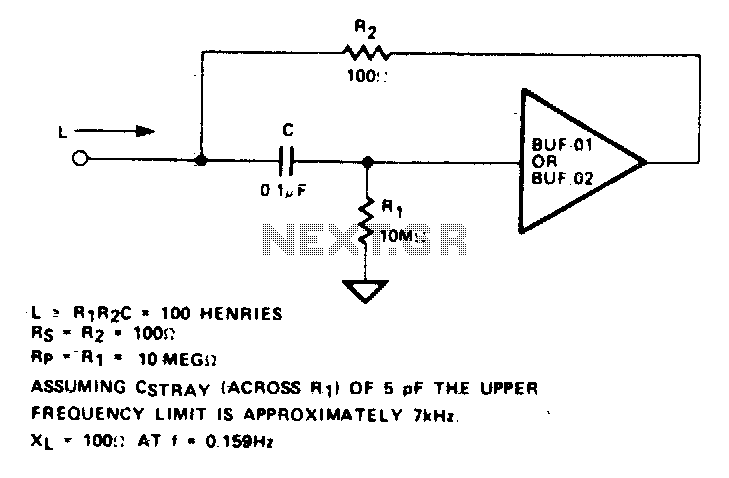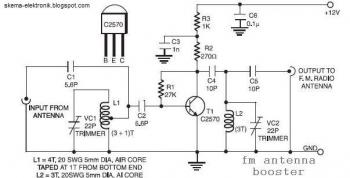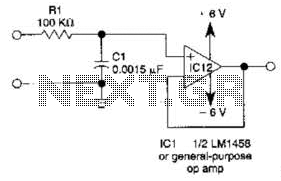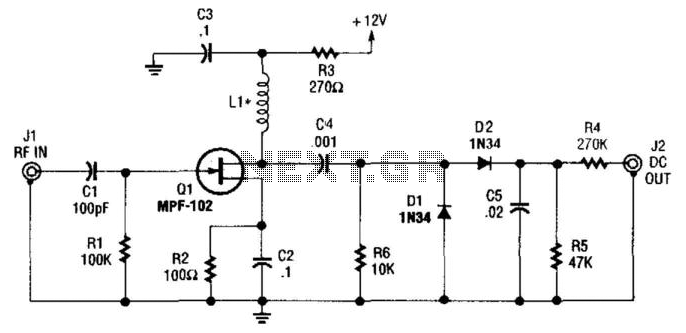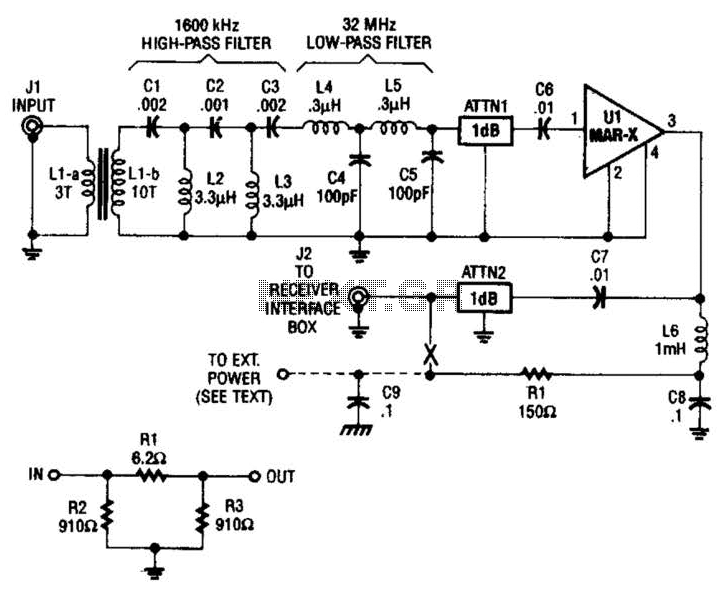
an active whip receiving antenna
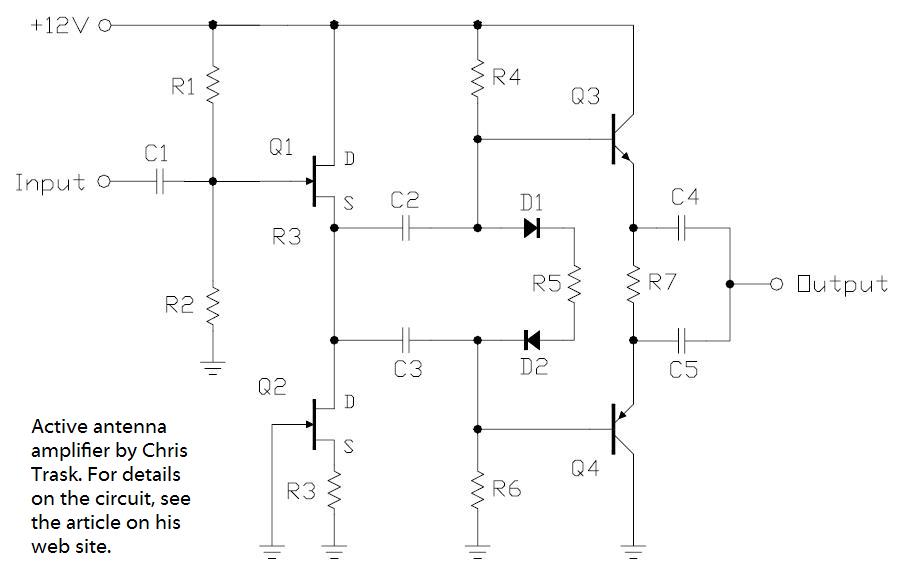
In the pursuit of effective small antennas, an active whip antenna was constructed. This compact vertical antenna is linked to a preamplifier, which serves to convert the high impedance of the 50-ohm receiver and coaxial cable. Various designs exist for this configuration.
The active whip antenna is a type of antenna that combines the benefits of a traditional whip antenna with the amplification capabilities of a preamplifier. The design typically consists of a vertical radiating element, which can be made from a conductive material such as copper or aluminum, and a preamplifier module that enhances the signal captured by the antenna.
In this configuration, the antenna is designed to operate effectively at specific frequency ranges, making it suitable for applications such as radio reception and communication systems. The preamplifier is crucial as it mitigates the effects of signal loss due to the high impedance presented by the receiver and the coaxial cable. The impedance matching ensures that the maximum amount of signal is transferred from the antenna to the receiver, improving overall performance.
The preamplifier circuit may include components such as transistors, resistors, and capacitors, which work together to amplify the incoming radio frequency signals. The choice of components and their arrangement is critical in determining the gain, bandwidth, and noise figure of the preamplifier. Additionally, power supply considerations for the preamplifier must be addressed, as it often requires a separate voltage supply or can be powered through the coaxial cable.
Overall, the active whip antenna design is a compact solution that offers significant advantages in terms of size and performance, making it a popular choice for various radio frequency applications. Proper tuning and adjustment of the antenna and preamplifier can lead to enhanced reception capabilities, allowing for improved communication in both amateur and professional settings.In my quest to find small antennas that work well I decided to try to build an active whip, a small vertical antenna connected to a preamplifier. The role of the preamplifier in this case is to transform the high impedance of the 50? of the receiver and the coax cable. There are several designs.. 🔗 External reference
The active whip antenna is a type of antenna that combines the benefits of a traditional whip antenna with the amplification capabilities of a preamplifier. The design typically consists of a vertical radiating element, which can be made from a conductive material such as copper or aluminum, and a preamplifier module that enhances the signal captured by the antenna.
In this configuration, the antenna is designed to operate effectively at specific frequency ranges, making it suitable for applications such as radio reception and communication systems. The preamplifier is crucial as it mitigates the effects of signal loss due to the high impedance presented by the receiver and the coaxial cable. The impedance matching ensures that the maximum amount of signal is transferred from the antenna to the receiver, improving overall performance.
The preamplifier circuit may include components such as transistors, resistors, and capacitors, which work together to amplify the incoming radio frequency signals. The choice of components and their arrangement is critical in determining the gain, bandwidth, and noise figure of the preamplifier. Additionally, power supply considerations for the preamplifier must be addressed, as it often requires a separate voltage supply or can be powered through the coaxial cable.
Overall, the active whip antenna design is a compact solution that offers significant advantages in terms of size and performance, making it a popular choice for various radio frequency applications. Proper tuning and adjustment of the antenna and preamplifier can lead to enhanced reception capabilities, allowing for improved communication in both amateur and professional settings.In my quest to find small antennas that work well I decided to try to build an active whip, a small vertical antenna connected to a preamplifier. The role of the preamplifier in this case is to transform the high impedance of the 50? of the receiver and the coax cable. There are several designs.. 🔗 External reference
